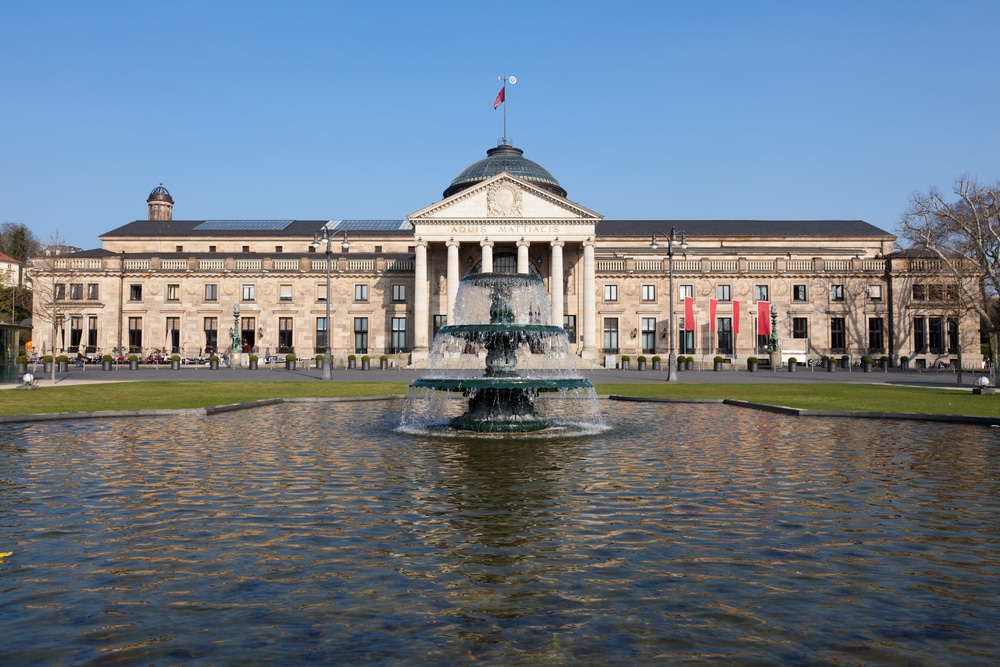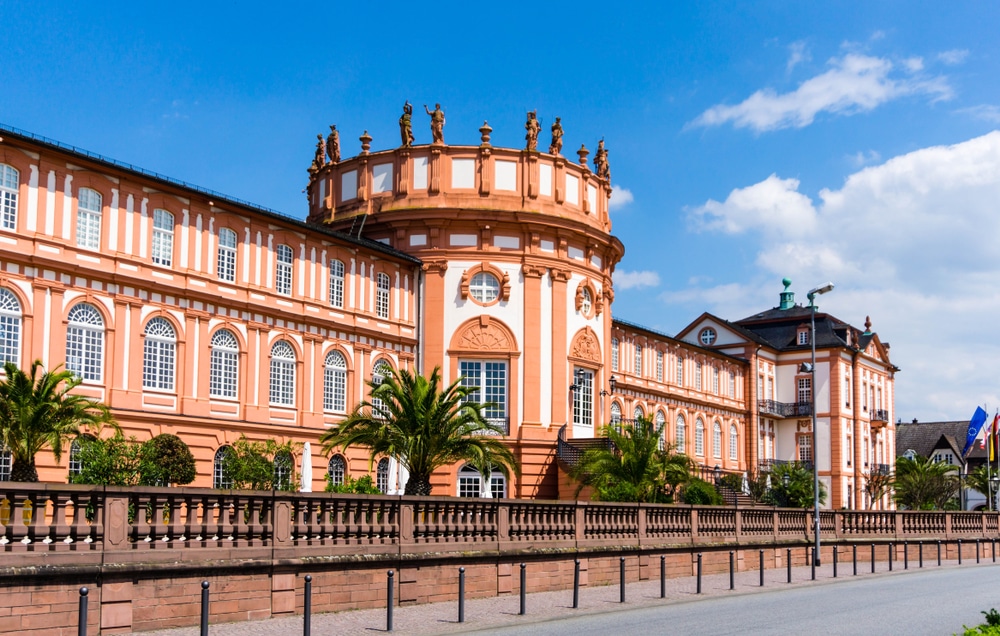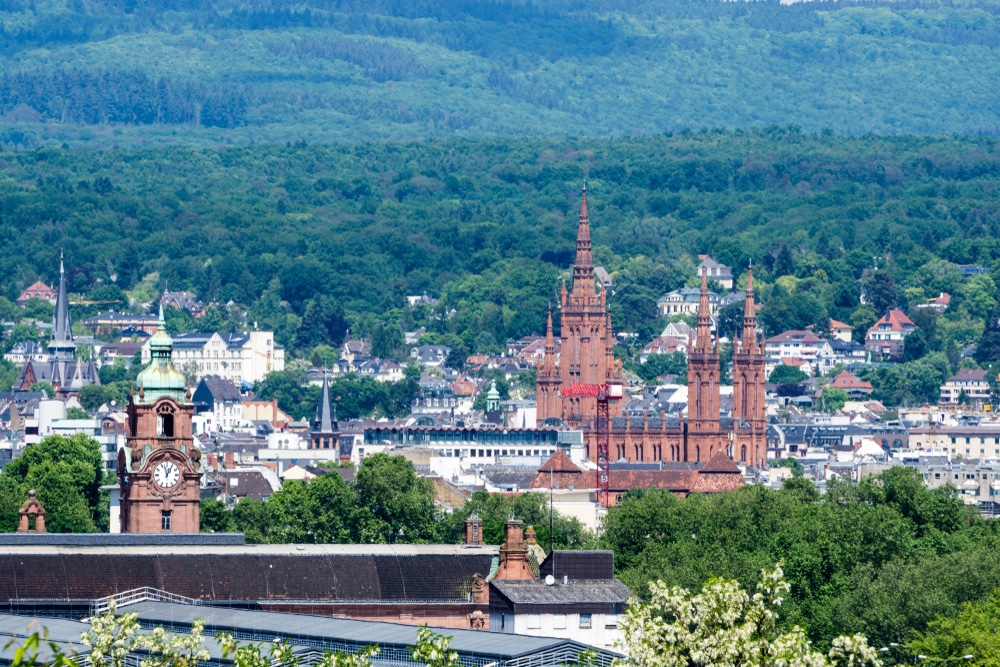The Hessian capital Wiesbaden can convince with numerous sights and buildings. One of these buildings is the Kurhaus, which is one of the most magnificent festive buildings in the whole of Germany. One can say that the Kurhaus is the social centre of Wiesbaden and offers an especially representative frame for events. The house has a large and a smaller ballroom, a casino and a restaurant.
The location of the Kurhaus
The house is the centre of the Kureck of Wiesbaden and is located at the end of the Wilhelmstraße. On the west side, in front of the main entrance, one comes to the Bowling Green, a lawn which at that time received its name from English guests. Among other things, there are two fountains to be discovered here.
Seen from the Wilhelmstraße, the Kurhaus forms a charming end of the Bowling Green. Behind the house, on the east side, you enter the impressive Kurpark with its concert shell and the Kurpark pond.
The unique history
Wiesbaden has a great importance as a spa town and can look back on a very long, traditional history. Even the Romans appreciated Wiesbaden for its many thermal springs. The name "Wiesbaden" comes from the word "Wisibada", which means "the meadow bath" or "the bath in the meadows". Thus we recognize the fame of the springs of Wiesbaden even in the Middle Ages.
At the beginning of the 19th century, people discovered the spa for themselves. The aristocracy and higher social classes really fell in love with the idea of the spa. Thus Wiesbaden's importance also grew. The old Kurhaus was completed in 1810 and is a classicist building with a central portico and side corridors with columns.
The building was designed and built by the architect Christian Zais. The building was even praised by Johann Wolfgang Goethe, who enjoyed numerous stays in the Kurhaus.
In the 19th century Wiesbaden gained more and more reputation as a spa town. Thus, the number of guests increased incredibly. While in 1840 there were about 20,000 guests, the number increased tenfold in 1910. Also the number of inhabitants increased from about 10,000 people to more than 100,000 in this period. From 1852 Wiesbaden was allowed to boast the title of world spa town and was thus soon able to overtake Baden-Baden.
Of course, a more modern and larger Kurhaus was now needed. The old Kurhaus was therefore demolished in 1905 and the new Kurhaus found its architect in Friedrich von Thiersch.
He built the new house for about 6 million Goldmark. The new, splendid building could score with the style of the neoclassicism and numerous art nouveau motives.
Emperor Wilhelm II promoted the construction and himself came to visit every year in May. At the opening of the new Kurhaus he called it "the most beautiful Kurhaus in the world".
Since then, the large halls of the house have been used for events.
If you would like to visit Wiesbaden, you should take a look at the Kurhaus.
Since 1949, the house has also housed the Wiesbaden casino. Also an excellent gastronomy is located in the impressive house. The Kurhaus is worth a visit in any case!



